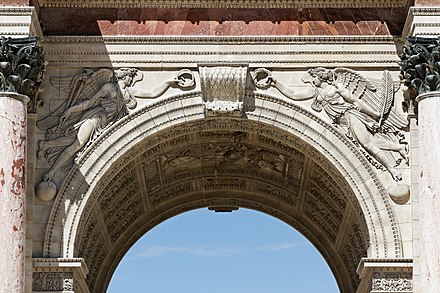Today’s question is about armpits. Why do we have them? In 1859, Charles Darwin published a game-changing book called On the Origins of Species. Among the most prominent of his ideas is the notion that we adapt to our environment through natural selection. In other words, as the environment changes, our bodies also change to find more efficient ways of coping and thriving.
This sounds like a no-brainer, but before the theory was introduced, the belief was that God created us as we are, and we remain that way throughout time. Darwin’s evolutionary theory challenged this belief by proposing that we are not what God created (so to speak). Adam and Eve were probably micro-organisms, and throughout millennia they evolved by adapting to the environment and eventually became what we are today.
An academic by-product of Darwinism is that almost all biological phenomena are explained in terms of adaptation and evolution. For instance, our intestines are about seven metres long, whereas a lion’s intestines are two meters long even though lions are two or three times our size and eat a lot more than we do. The Darwinian reason is that our diet was plant-based before we started eating meat. Hence we evolved a longer gut, similar to other herbivores because digesting plants is far more intensive than meat.
So, what is the evolutionary reason for having armpits? It turns out that the answer is not so obvious. In fact, this type of question was a subject for hot debates in 1979 when Stephen J. Gould and Richard Lewontin published their paper titled, The spandrels of San Marco and the Panglossian paradigm, where they criticized the adaptationist world-view.
Say you have a wall and you decide to build an arched door – as with a cathedral. It turns out that the consequence of building an arched door is that it leaves spaces on either side of the arch (at the top). These are called spandrels, which were normally decorated with ornaments and elaborate sculptures in ancient buildings.

Gould and Lewontin argued that these spaces were not part of the design. Instead, they are a consequence of the design. And since the spandrels are now there, the architect fills them with ornaments to make it look like they were part of the design. Similarly, we evolved noses for smelling and allowing air to get to our lungs. But the consequence of this evolutionary adaptation is that we have a nasal bridge, which we use to place our spectacles. Gould and Lewontin argued that it would be ridiculous to reason that we evolved nasal bridges to place spectacles on them, in order to see better. The nasal bridge, similar to spandrels, is merely a consequence of another design which we then take advantage of.
And now, on armpits… If we apply Gould and Lewontin’s logic, we did not evolve armpits; they are a consequence of having arms and a torso. But because they are there, nature put them to good use as a means of discharging bodily fluids and toxins. In other words, even though armpits were not part of the evolutionary plan, nature nevertheless put them to good use when they emerged – in the same way that architects decorate spandrels.
I guess this is why plans are always incomplete. When planning, we think about what needs to be done and the required resources – the functionality, as it were. However, we hardly consider the unintended consequences of these plans. For instance, we cannot anticipate the people we will meet, the habits we will develop and the odd skills we might accumulate.
Given these uncertainties, one can take a view to regard unintended consequences as distractions from one’s plans and seek to remove them. But another way is to think about them as spandrels and put them to good use, in the same way that architects and Mother Nature have done.
Practically, this is why it’s important to write our goals down. The point is not to achieve them as they are set out, but to notice when the prevailing reality changes from what we had intended. The point of writing goals is to know when things are going wrong, or when we have to make good use of spandrels – the unintended consequences that can make life magical, but only if we accept them as part of our journey.
—
I will leave it here this week. And as always, I wish you a magical weekend.
Make Magic.
Vusi

Enter your email address below to subscribe.